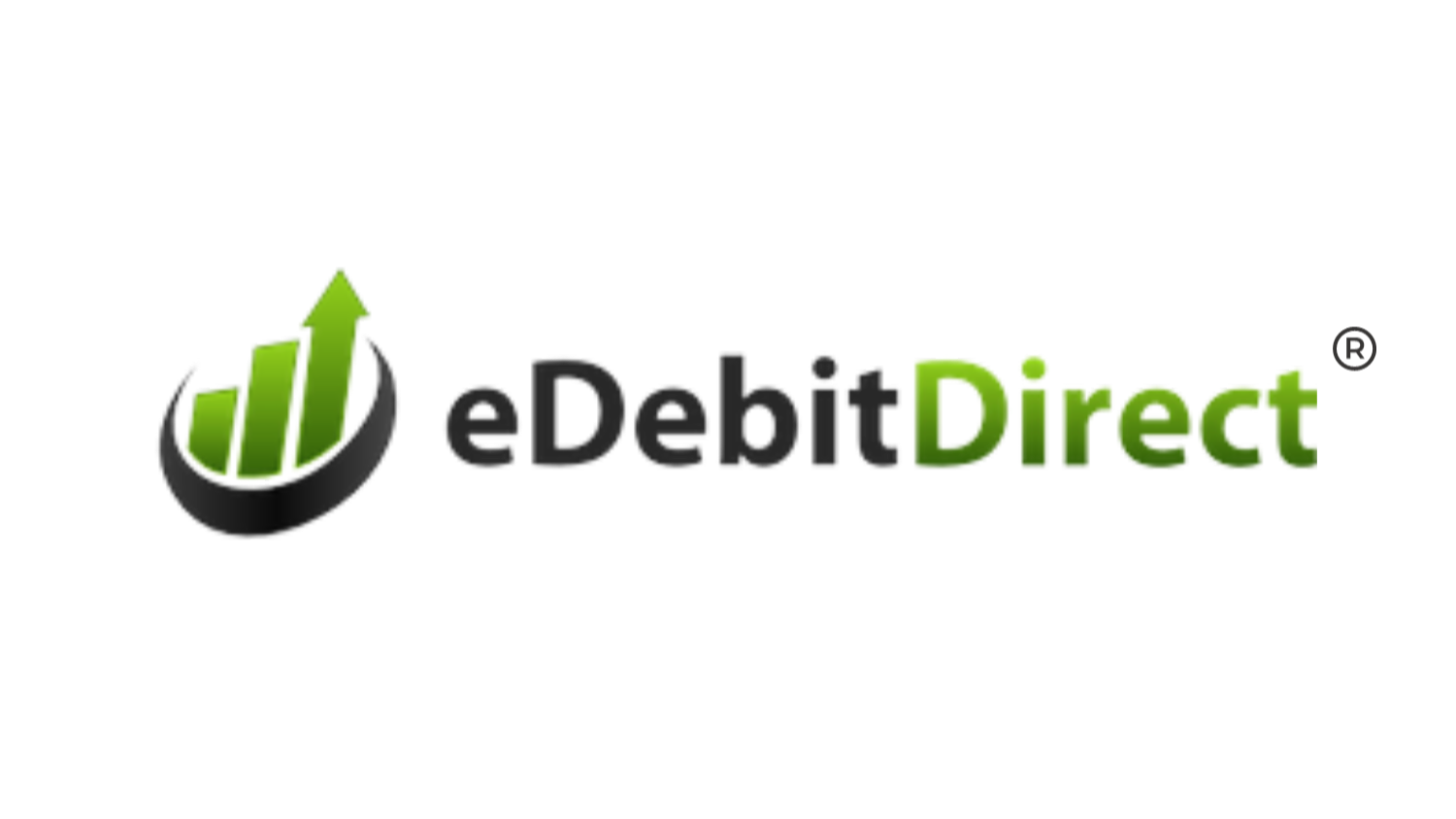
Keyword: Distinctions Between eChecks and ACH.
In the digital realm of financial transactions, two terms frequently emerge: eChecks and ACH. While both facilitate electronic payments, discerning their differences is essential for businesses seeking suitable payment solutions. Let’s explore the disparities between eChecks and ACH to gain insight into their unique attributes.
eChecks: Modernizing Traditional Checks
eChecks, or electronic checks, represent a digitized version of traditional paper checks. When a payment is initiated via eCheck, pertinent information like the payer’s account number, bank routing number, and payment amount is securely transmitted electronically. Unlike their paper counterparts, eChecks are processed entirely online, offering convenience and efficiency.
Key Features of eChecks:
-
Digital Adaptation of Paper Checks: eChecks retain the familiar structure and functionality of paper checks, making them easily recognizable and adaptable for businesses accustomed to conventional payment methods.
-
Streamlined Online Processing: By enabling transactions to be initiated and processed electronically, eChecks eliminate the need for physical checks and manual handling, streamlining the payment process.
-
Enhanced Security Measures: eChecks incorporate advanced encryption and authentication protocols, ensuring a secure payment environment that safeguards sensitive financial information.
ACH: Facilitating Electronic Fund Transfers
ACH, or Automated Clearing House, serves as the backbone of electronic fund transfers in the United States. Unlike eChecks, which emulate traditional checks, ACH transactions involve the electronic transfer of funds between bank accounts. ACH payments encompass various transaction types, including direct deposits, bill payments, and recurring transfers.
Key Features of ACH: Distinctions Between eChecks and ACH
-
Transaction Versatility: ACH transactions support a wide array of payment types, spanning payroll deposits, vendor payments, subscription renewals, and utility bill settlements, among others.
-
Efficient Batch Processing: ACH transactions are typically processed in batches, allowing multiple payments to be consolidated and transmitted simultaneously. This batch-processing feature enhances efficiency and scalability, particularly for businesses managing high transaction volumes.
-
Cost-Effective Payment Solution: ACH payments offer cost savings compared to traditional methods like wire transfers and paper checks, thanks to lower transaction fees and processing costs.
Understanding the Distinctions: Distinctions Between eChecks and ACH
While eChecks and ACH share similarities as electronic payment methods, they cater to distinct use cases and scenarios. Businesses must assess their specific needs, transaction volumes, and security requirements to determine the most suitable payment solution. Whether opting for the familiarity of eChecks or the versatility of ACH, selecting the right method can streamline operations, enhance efficiency, and foster business growth.
Read Also:
Unlocking the Advantages of eChecks for Your Business
In Conclusion: Embracing the Evolution of Electronic Payments
In today’s digital landscape, embracing electronic payment solutions is essential for businesses striving to adapt and thrive. By grasping the disparities between eChecks and ACH, businesses can make informed decisions aligned with their objectives and priorities. Whether embracing the convenience of eChecks or the flexibility of ACH, harnessing the power of electronic payments can propel businesses toward success in an increasingly digital world.
eDebitDirect.com – Creative Payment Solutions For Every Business.
